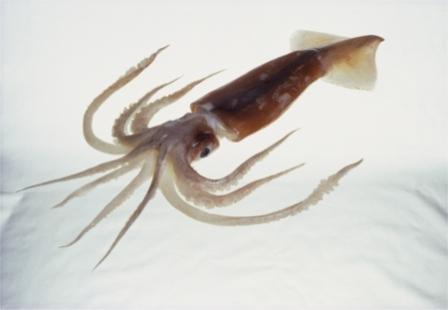New Zealand’s subantarctic islands are rugged and isolated in the southern ocean.
Because of their isolation, each island group seems to have developed slightly different marine communities and ecosystems. This has been recorded particularly from the shallows around the islands and may continue in deeper waters of their territorial seas.
As well as their rich and diverse marine communities, these island groups have the most diverse community of seabirds in the world.
They are also the only breeding areas for many of the world’s albatross and petrel species.
In 1998, the Snares, Bounty Islands, Auckland Islands, Antipodes Islands and Campbell Island and their territorial seas were listed as a
World Heritage Site, in recognition of their outstanding scientific and conservation significance.
Around the Auckland Islands, all waters out to 12 nautical miles (22km) are protected by a
marine reserve. And
Benthic Protection Areas around Bounty Islands, Antipodes Islands and Campbell Island protect their territorial waters from bottom trawling and dredging.
Iconic species

